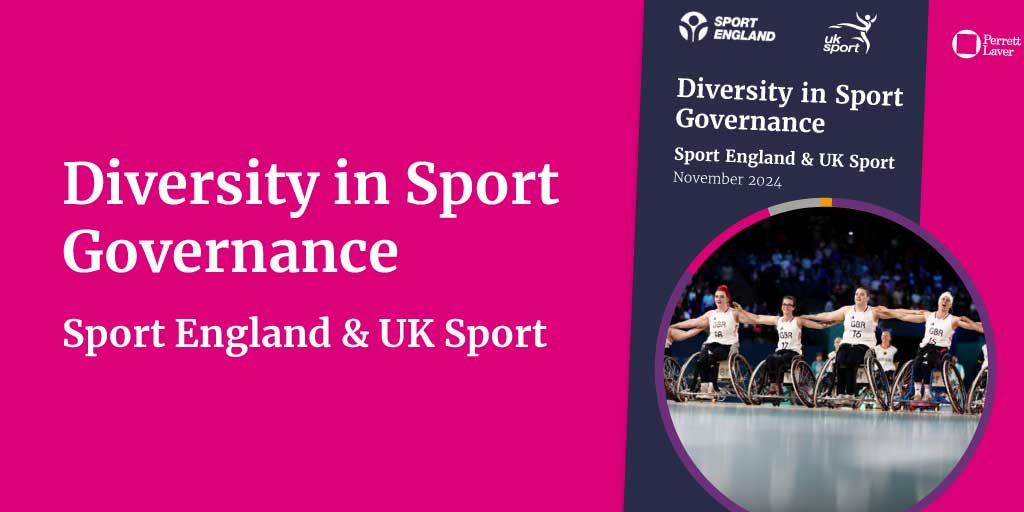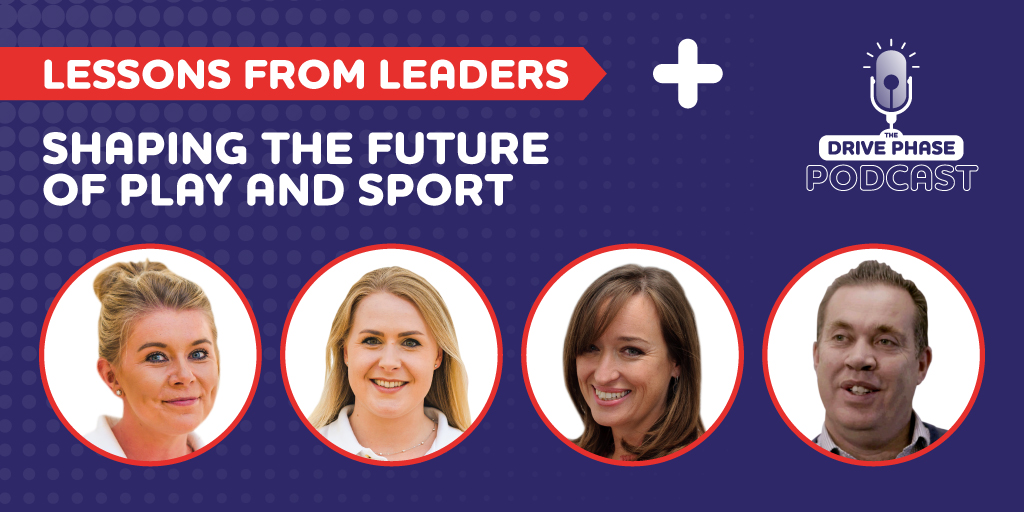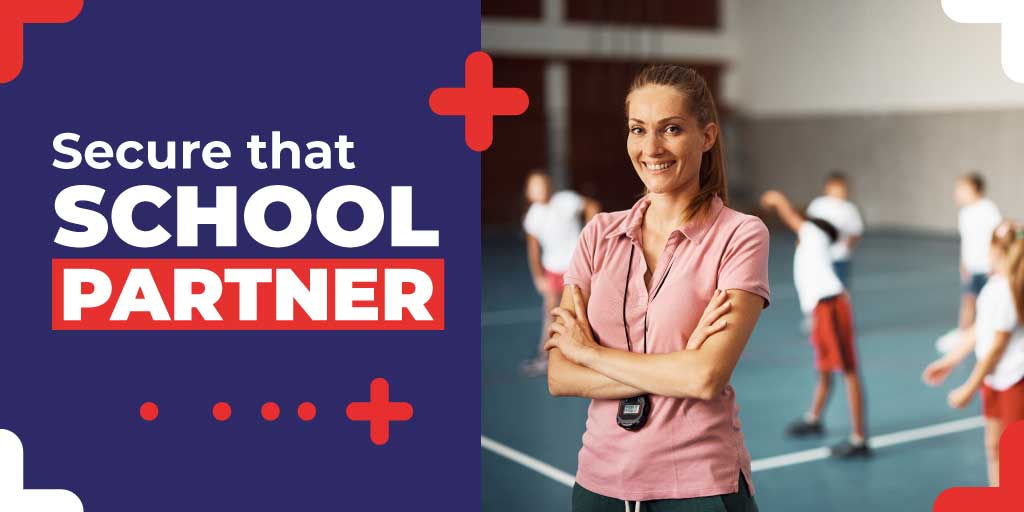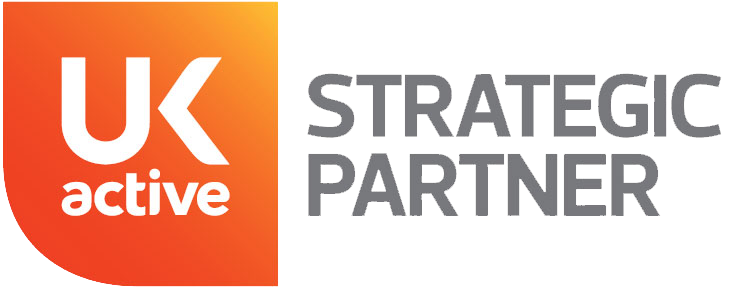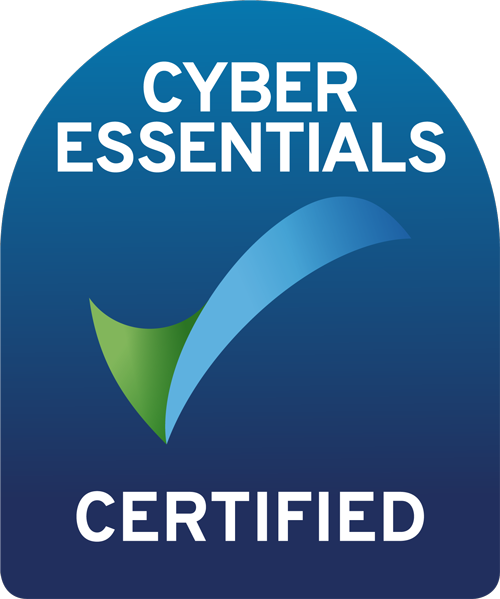Planning an effective sports programme on a limited budget is a challenge faced by many schools, communities, and organisations. For activities companies, there is the added stress of waiting for confirmation of government funding designed to create impactful physical education and enrichment programmes that support your school partnerships.
Delays in the renewal of the Pupil Premium have often left activities companies and schools scrambling. This guide offers strategies to help you maintain programme efficacy even when funding is on the fritz!
1. Develop a comprehensive plan
Conduct feasibility studies to identify realistic goals and project potential costs. This ensures that your programme is aligned with financial realities and increases the likelihood of securing funding. The ability to create impactful services whether funding is secured, will help support existing or the preparation for new options in funding and provisions.
2. Maximise existing resources
By leveraging existing partnerships or seeking new opportunities, you can support the repurposing of existing school spaces for multiple sports activities. For instance, gymnasiums can host basketball, gymnastics, or fitness sessions with minimal adjustments.
Regular maintenance of sports gear extends its lifespan. Kirk Ella Primary School’s sports premium spending report highlights how replacing or maintaining everyday equipment supports both curricular and extracurricular activities.
Why not consider engaging community volunteers to reduce operational costs while fostering local ownership of the programme?
3. Leverage alternative funding sources
If you’re waiting for the confirmation of government budgets, explore partnerships with local businesses, community organisations, or private sponsors. The UK government encourages raising funds from diverse sources to reduce reliance on public money.
Consider applying for emergency or interim funding programmes like the Sport Survival Package, which has supported clubs during financial crises. Explore sponsorships or fundraising events within the community to supplement budgets too.
4. Targeted spending
Invest in versatile equipment that can be used across multiple sports. Audit your equipment to determine whether you can support versatility. For instance, Kirk Ella Primary allocated funds for equipment that supported a variety of activities like football, hockey, and cricket.
Allocate a budget for staff training to improve the quality of instruction. For example, providing Continuing Professional Development (CPD) for teachers ensures they can deliver high-quality coaching in diverse sports and adapt to changes in educational policy much quicker.
5. Monitor and evaluate impact
Regularly assess the programme’s outcomes to ensure objectives are being met. Surveys and feedback from participants can help refine future planning. Use Coordinate Sport to gather data-driven insights to demonstrate success when applying for additional funding or support.
Conduct regular audits of their PE provision and identify areas for improvement. You can also use tools like the Department for Education’s monitoring framework to track progress against key indicators such as increased participation, improved staff skills, and broader activity offerings.
6. Adopt a whole-systems approach
Collaborate with local authorities, schools, and health organisations to integrate sports programmes into broader health and wellbeing initiatives. This approach aligns with calls for a national plan that connects sport with other policy areas like education and transport. Establish partnerships to share resources such as venues or equipment.
7. Prepare for budget allocation
When budgets are approved, ensure readiness by having a detailed business plan that includes projected costs, timelines, and measurable outcomes. This will facilitate smooth implementation and demonstrate accountability for public funds.
Include contingency plans to adapt to potential changes in funding levels.
Plan your next steps with Coordinate Sport
By following these strategies, you can develop an effective sports programme that maximises impact while working within a limited budget. Remember to stay flexible, continuously evaluate your programme’s effectiveness, and be open to adjusting your approach as needed.

